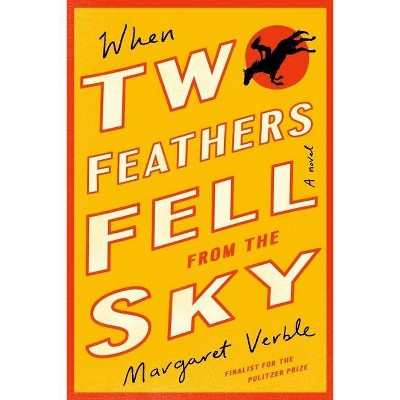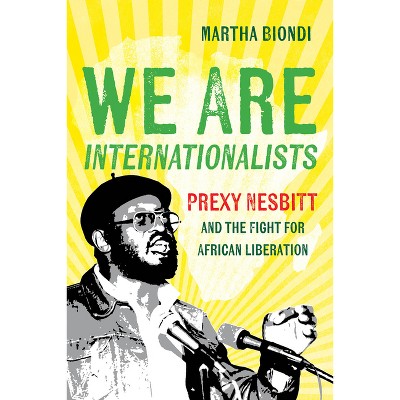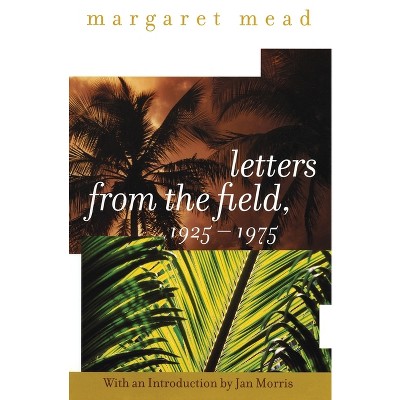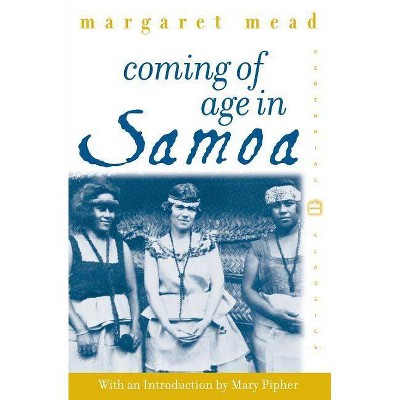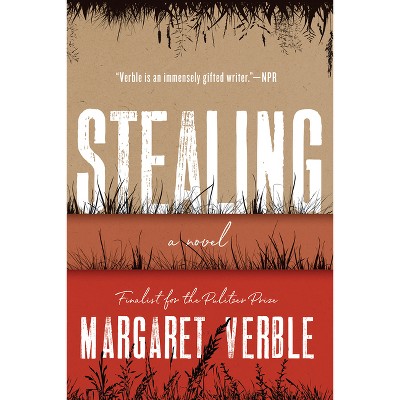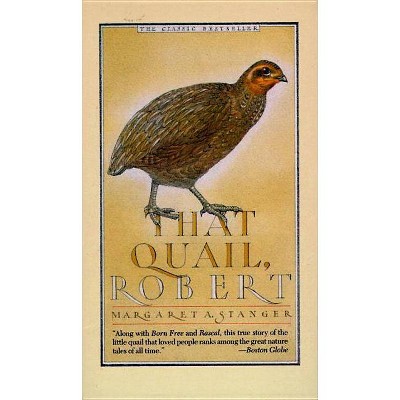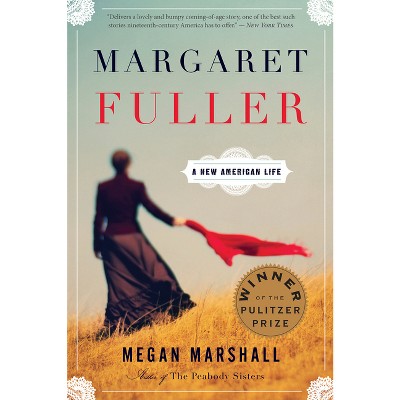Sponsored

Growing Up in New Guinea - (Perennial Classics) by Margaret Mead (Paperback)
In Stock
Sponsored
About this item
Highlights
- Now with a new introduction by Howard Gardner, Ph.D., Mead's second book following her landmark Coming of Age in Samoa, Growing Up in New Guinea established Mead as the first anthropologist to look at human development in a cross-cultural perspective.Margaret Mead was 23 when she traveled alone to Samoa on her first expedition to the South Seas.
- Author(s): Margaret Mead
- 320 Pages
- Social Science, Anthropology
- Series Name: Perennial Classics
Description
Book Synopsis
Now with a new introduction by Howard Gardner, Ph.D., Mead's second book following her landmark Coming of Age in Samoa, Growing Up in New Guinea established Mead as the first anthropologist to look at human development in a cross-cultural perspective.
Margaret Mead was 23 when she traveled alone to Samoa on her first expedition to the South Seas. Her first book, Coming of Age in Samoa, chronicled that visit and launched her distinguished career. Following her landmark field work focusing on girls in American Samoa, noted anthropologist Margaret Mead found that she needed to study preadolescents in order to understand adolescents. In 1928 she went to Manus Island in New Guinea, where she studied the play and imaginations of younger children and how they were shaped by adult society. Mead and her second husband, Reo Fortune, lived in 24-hour contact with the inhabitants of this fishing village.
From the Back Cover
Following the sensational success of her first book, Coming of Age in Samoa, Margaret Mead continued her brilliant work in Growing Up in New Guinea, detailing her study of the Manus, a New Guinea people still untouched by the outside world when she visited them in 1928. She lived in their noisy fishing village at a pivotal time -- after warfare had vanished but before missions and global commerce had begun to change their lives. She developed fascinating insights into their family lives, exploring their attitudes toward sex, marriage, the rearing of children, and the supernatural, which led her to see intriguing parallels with modern Western society. Reissued for the centennial of her birth and featuring introductions by Howard Gardner and Mead's daughter, Mary Catherine Bateson, this book offers important anthropological insights into human societies and vividly captures a vanished way of life.Shipping details
Return details
Frequently bought together




Trending Non-Fiction






Discover more options
